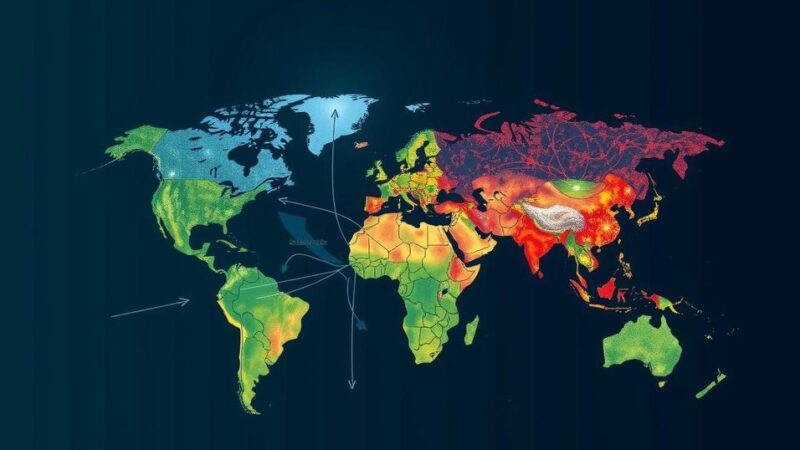Research from Case Western Reserve University highlights the importance of ancient climate studies for understanding modern climate change. A 15-year study of the Quebrada Honda Basin in Bolivia reveals insights into a warmer Miocene Epoch environment and challenges existing theories about Andes uplift. The research identifies 13 new mammal species and suggests that ancient ecosystems differ significantly from contemporary ones, enhancing our understanding of climate dynamics.
Current research from Case Western Reserve University underscores the significance of studying ancient climatic conditions to understand contemporary climate change challenges. A 15-year investigation at the Quebrada Honda Basin in Bolivia has revealed insights into an ancient ecosystem dating back 13 million years to the Miocene Epoch. During this period, global temperatures averaged 3-4 degrees Celsius warmer than present day, and the biodiversity of mammals flourished markedly. This ancient site provides essential data for calibrating modern climate models, as explained by Dr. Darin Croft, the lead researcher. The findings challenge previous assumptions regarding the timing of Andes mountain uplift, suggesting that the region was at a lower elevation during the Miocene than initially believed. Fossil evidence indicates that the ecosystem was characterized by a dry forest or woody savanna, rich in palms and bamboos, hosting a wide diversity of ancient fauna, including numerous species not seen in South America today. The study also led to the identification of 13 new mammalian species. The gathered data, facilitated through National Science Foundation funding, continues to contribute to the scientific community, with ongoing research in similar ancient sites forthcoming, as highlighted by Dr. Croft.
The study conducted at the Quebrada Honda Basin is pivotal for understanding the Earth’s climatic history and the implications for future climate scenarios. The Miocene Epoch, which occurred approximately 13 million years ago, is notable for a significant warming period that resulted in rich biodiversity. The fossil findings from this site not only reveal details about ancient ecosystems but also allow researchers to draw parallels to current climate dynamics, emphasizing the importance of accurate climatic reconstructions for modeling future environmental changes. This long-term research project showcases how examining geological and climatic milestones in Earth’s history can inform our understanding of human-induced climate change. Knowledge derived from these ancient conditions can enhance the predictive power of climate models, shedding light on potential future outcomes.
In summary, the research conducted by Case Western Reserve University presents valuable findings that illuminate the climatic conditions of the Miocene Epoch. The study not only challenges longstanding views concerning the geological history of the Andes but also emphasizes the crucial role of ancient ecosystems in predicting the future impacts of climate change. As the scientific community continues to explore these historical climatic patterns, it remains imperative to integrate this knowledge into current climate models to inform strategies for addressing contemporary environmental challenges.
Original Source: thedaily.case.edu






